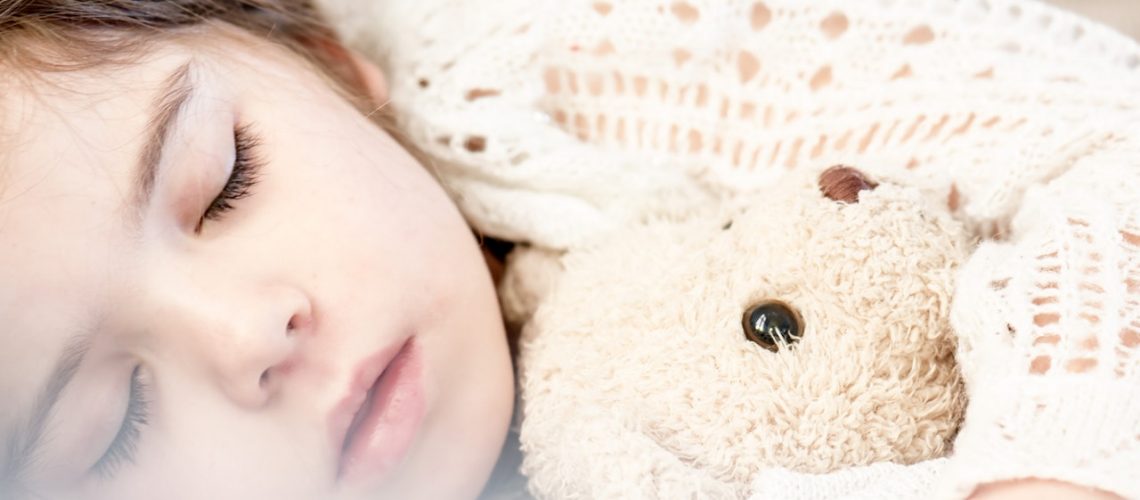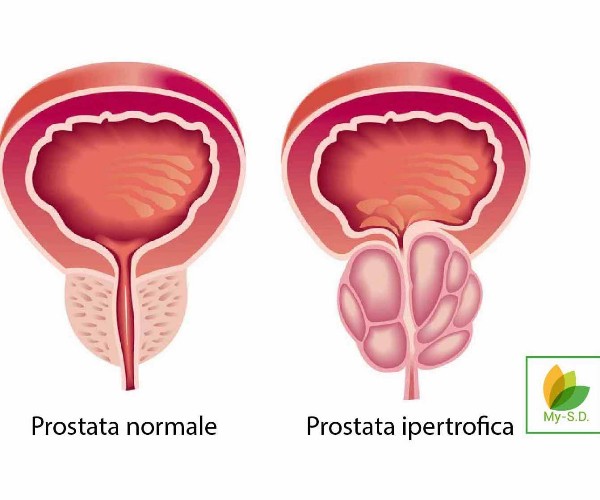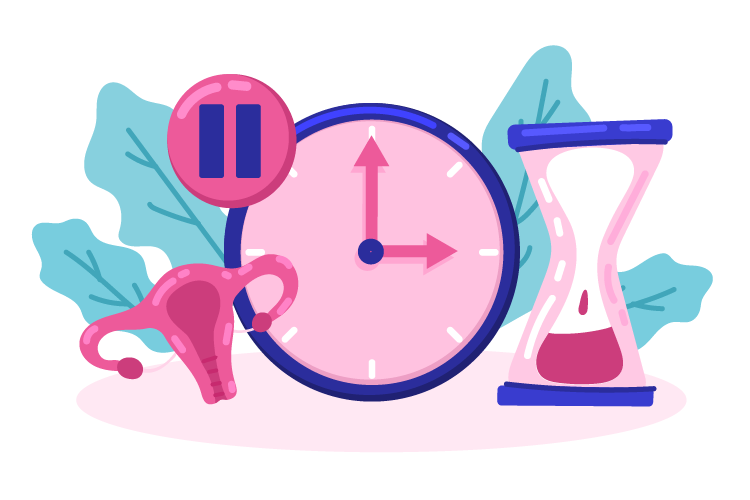It is known that children do not like to go to sleep. They are capable of suddenly collapsing half-heartedly, but if they are told it is time for bed they either tergiversate, make a thousand excuses, or, when they are particularly tired, seem to engage in a real battle against sleep (and also account for us!), with all deliveries on the tantrums, of whining, etc. But why all this? Is it just a matter of irritability, of bad manners, or does this difficulty have a deeper meaning that education should take into account?
Why don’t babies want to sleep?
Children live in the immediate, the younger they are the more the future ( and by future we also mean the morning after or the after afternoon nap) for them is something extremely vague and nebulous. Falling asleep is like leaving, like dying: losing everything, leaving objects and landmarks behind and sinking into a kind of “black hole” of unawareness. It is precisely this kind of perception that leads them to struggle against sleep experienced almost as a danger and not as a restorative embrace. The goal is not only that the child falls asleep but also that from this fundamental function that is repeated and will be repeated every day and several times a day the child can derive , alongside the good habit, a security of self, based on trust and constancy (of objects, affections, circumstances).
How to promote sleep
For as long as the world has been alive, specific ways have been developed to help children fall asleep: just think of lullabies, the act of rocking, the cradles named after that movement, the habit of telling or reading a story, to the favorite puppet (or blankie or rag), etc. Since time immemorial, to go to sleep, lights are dimmed, noises are dampened, that is, we try to create a situation as of “decompression” in which “exciting” sensory stimuli become more and more distant to make way for a reassuring, repetitive and fading rhythmicity.
All of these behaviors serve the function of promoting relaxation, containing the child, and accompanying the child on a potentially anxiety-inducing path of “abandonment.” It is important that this delicate moment, which among other things marks that essential rhythm of life given by the alternation of wakefulness and sleep, be “ritualized“, that is, have its own canvas (for each child and for each stage of growth, his own) that enshrines the meaning of the moment, its preparation, its unfolding; that contains and reassures the child, never making him feel at the mercy of unknown events; that provides him with awareness of what is happening to him and allows him, precisely by virtue of the space and time dedicated, to connect today’s “bedtime” with yesterday’s and with tomorrow’s awakening.
Endless can be the rituals of the Good Night, rituals made of play, of creativity, of rules, but all of them, like any self-respecting ritual, must be solemnized (that is, they must have their own consistency and constancy), shared among several people (the child and those accompanying him, even if simply reminding him that it is time to sleep), have meaning and purpose.
Avoid sleep caused only by exhaustion
Otherwise, when children are only able to fall asleep if they are “exhausted,” watching television on the sofa, in their parents’ bed or alone in their bedroom, they lose the ability to gain awareness of this function, that is, to enter the world of sleep confidently and voluntarily. Instead, they “fall” into it as if into a net without any preparation and basically without any accompaniment. Parents, who are supposed to provide the time, place and mode, instead seem in many cases to passively and laboriously point to their children’s “battery exhaustion,” becoming victims themselves of this confusing mechanism. The principle of all full all empty is substituted for the ability to regulate and pace energy.
So many sleep disorders in children and, especially, adolescents stem from precisely this initial failure to gain awareness, autonomy, and pleasure in regulating rhythms and needs.




































































































